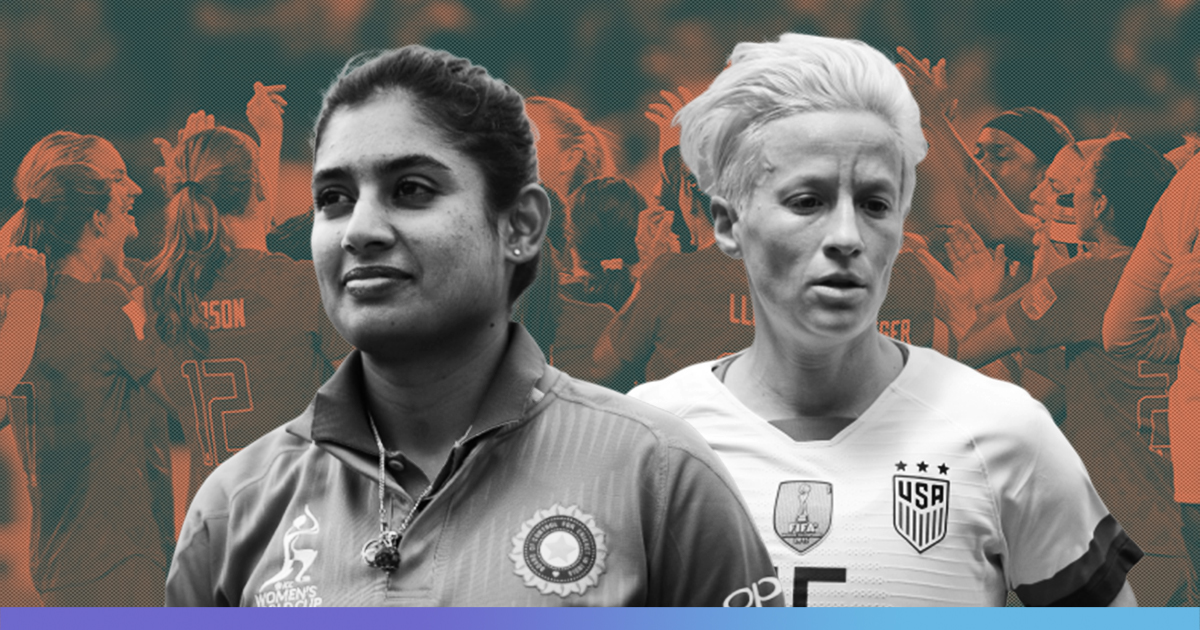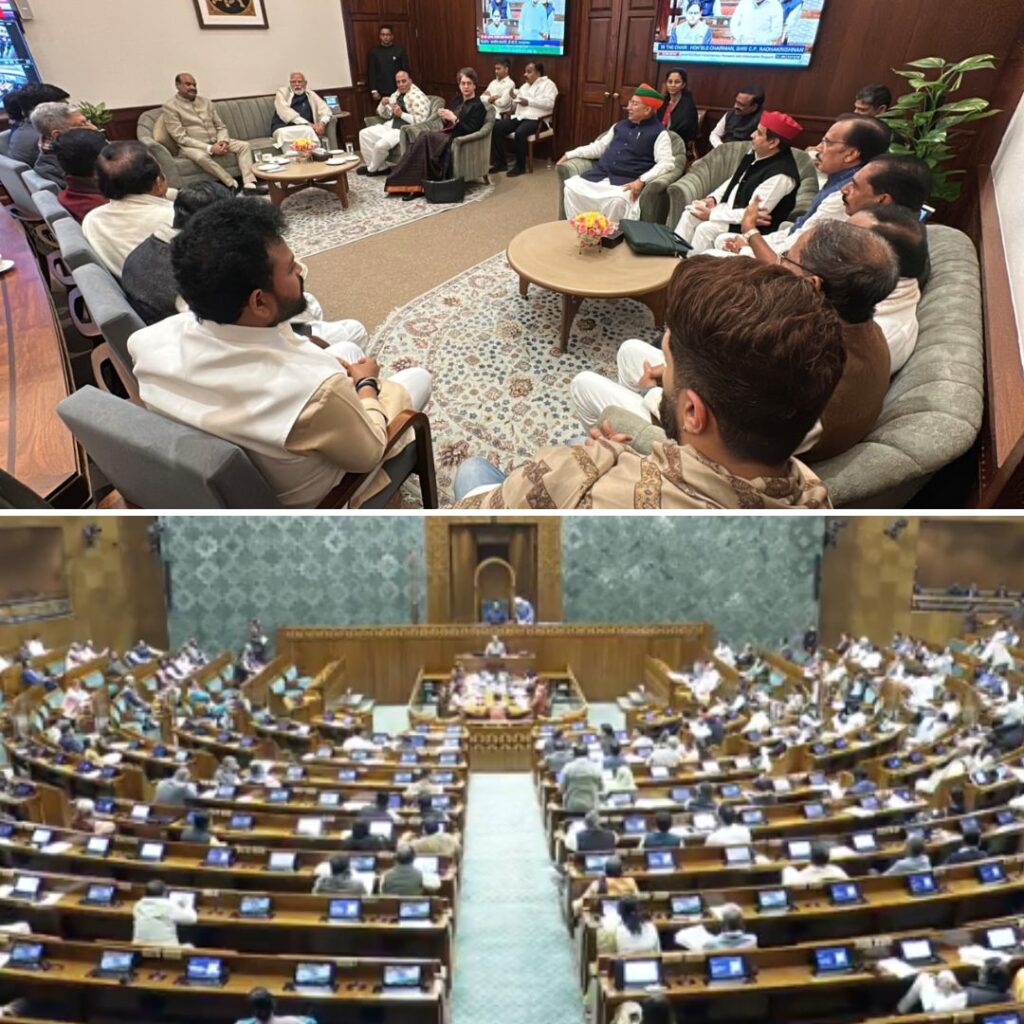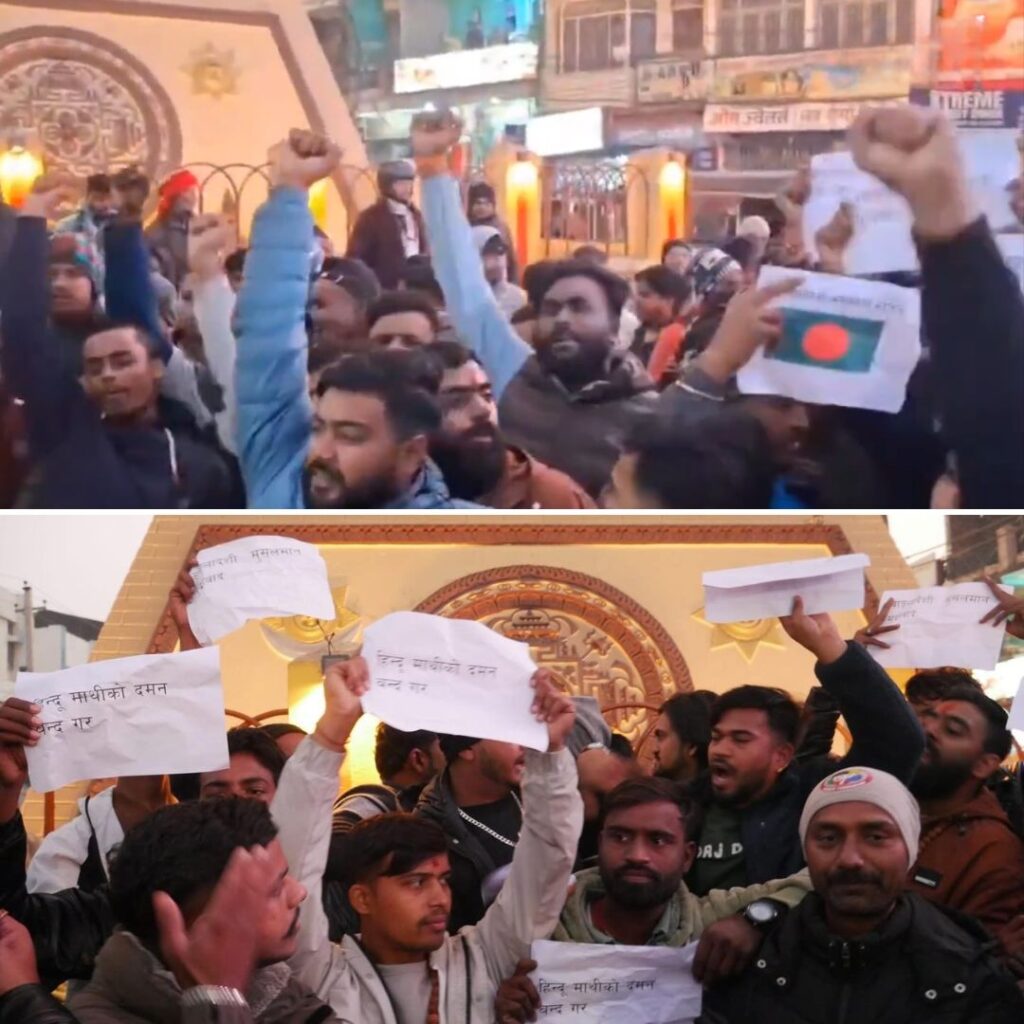“Equal pay! equal pay!”
Crowd chants “equal pay!” in stadium after US won the World Cup. #PayThem pic.twitter.com/aHnsbvQlHE
— Scott Dworkin (@funder) July 7, 2019
The day was July 7 and the US women team had won their fourth FIFA World Cup when the audience ruptured with the cries of equal pay. Despite performing exceedingly, breaking and along the way, creating new records, the women’s team is being paid abysmally low as compared to the men’s team.
The US Women’s National Team (USWNT), earlier this year, filed a lawsuit against US Soccer, demanding for ending the discriminatory pay to the women’s team. The lawsuit stated, “if each team played and won 20 exhibition games in a year, female WNT players would earn a maximum of $99,000 or $4,950 per game, while similarly situated male national players would earn an average of $263,320 or $13,166 per game”.
“I think a lot of people look to us and our team and the collective voice that we have and what we’ve stood for, for inspiration and for power, and as an ally in this broader fight for equality and human rights, really,” said winger Megan Rapinoe, a co-captain had then said.
This pay disparity exists despite USWNT winning three World Cups and four Olympic gold medals, while their male counterpart has not won a single gold medal in the Olympics in the last century.
With the recent astounding performance of the USWNT and the voice for equal pay, at least in the US Soccer scene, being louder than ever before, the conversation has started around startling pay disparity and one may see some progress towards diminishing the pay disparity in sports in the near future.
As per Sporting Intelligence’s Global Sports Salaries Survey 2017, the gender pay disparity in sports is larger as compared to politics, academia, business and medicine.
Now, let’s move about 13,500 km to the east. The problem is the same in India, even worse. Despite a vast pool of some of the finest talents in sports, it wouldn’t be wrong to say that women players have been wronged in terms of monetary compensation.
Huge Difference In Pay & Other Forms Of Discrimination
It is no secret that sports as a full-time career is not encouraged in India. It is considered to be a risky option and finds a very few takers. To add to that, there is the cost of infrastructure, resources and able guidance.
If a sportsperson, especially a sportswoman does manage to tread through these struggles, lies ahead is the new world of discrimination. Pay disparity is one of the most significant among them.
The voice against the same has been time and again raised. In a daring act, Indian Squash Player Dipika Pallika, who rose to prominence in 2011 when she won three WISPA tour titles and attained career-best ranking of 13, boycotted the National Championship Squash for about five years after she learnt that women’s championship winner would be awarded just 40% of what men’s championship winner would be getting.
It was only in 2016 when the organisers announced equal prize money, Pallika came out of the self-imposed exile and competed in the Senior National Championship.
Talking about the pay disparity in India’s arguably most loved game-Cricket is also jaw-dropping. It is important to consider that men’s cricket matches do get better viewership and beefier sponsorship, which again is part of the larger problem. However, despite that, the difference in pay is too huge to ignore.
In the contract fee conferred to cricketers in 2018 by the BCCI, category A women players received half of category C male cricket players.
#BCCI new contract system ������
A+ (7 Cr.) – Kohli, Rohit, Dhawan, Bhuvi, Bumrah
A (5 Cr.) – Ashwin, Jadeja, Vijay, Pujara, Rahane, Dhoni, Saha
B (3 Cr.) – Rahul, Umesh, Kuldeep, Chahal, Pandya, Ishant, DK
C (1 Cr.) – K Jadhav, M Pandey, Axar, K Nair, Raina, Parthiv, J Yadav— Wisden India (@WisdenIndia) March 7, 2018
#BCCI new contract system (Women) ������
A (50 lakhs): M Raj, J Goswami, H Kaur, S Mandhana.
B (30 lakhs): P Yadav, V Krishnamurthy, R Gayakwad, E Bisht, S Pandey, D Sharma.
C (10 lakhs): M Joshi, A Patil, M Meshram, N Parveen, S Verma, P Raut, J Rodrigues, P Vastrakar, T Bhatia.— Wisden India (@WisdenIndia) March 7, 2018
One of India’s best cricketing talents Mithali Raj, in an interview in May this year, said that it took a lot of time for men’s team to reach where it is now and that women’s team is also going through the same process. “So once more people get to watch us, the more they will queue up at the stadiums and that’s how you can generate more revenue. Until then what BCCI is doing is great,” she said on the gender pay gap in Indian cricket.
Not just monetary compensation, but blatant discrimination also come into play in recognising and felicitating sportswomen.
A 2016 report by Livemint showed that when it came to awards like Arjuna Award, Dhaynchand Award and Dronacharya Award, sportswomen have been regularly awarded just one-fourth or less of the total awards given out. While the situation is still better than what it was a decade back, there is a large room for improvement.
Among other forms of discrimination, sexism easily tops the list. In 2014 Asian Games, two coaches Manoj Rana and Chandan Pathak were arrested for allegedly harassing a female gymnast at the Indira Gandhi indoor stadium.
In 2010, 31-member Indian Hockey team pressed sexual harassment charges against their coach MK Kaushik.
The Logical Indian Take
It is incumbent upon government and allied organisers to provide fair compensation to deserving sportspersons, irrespective of gender.
Institutions for greater skill development, with requisite infrastructure, should be set up in different parts of the country so that children and their parents think of sports as a serious, full-time career option.
The other major problem is that women’s team, be it in Football or Cricket or even Hockey is not marketed and promoted in the same manner and with the same effort as men’s. The argument that games, where women’s teams are playing, draw less traction seems to be fundamentally flawed.
Take for example 2007 Shah Rukh Khan-starrer Chak De India, which helped considerably improve the viewership of Hockey in a cricket-obsessed nation like ours.
An IPL-like league tournament for Kabaddi was unheard of, until a few years back. However, the Pro-Kabaddi League has been running quite successfully and would be entering its seventh year now.
Positive publicity and promotion can do wonders.












